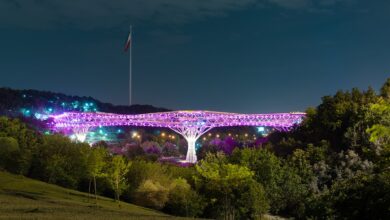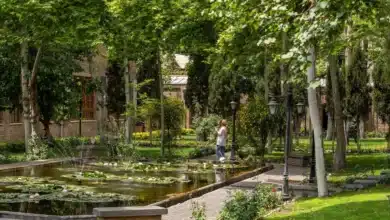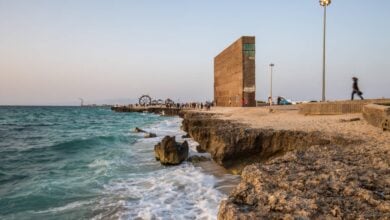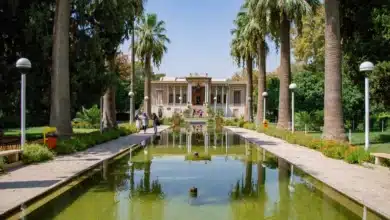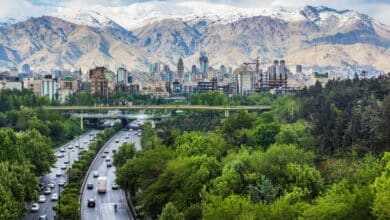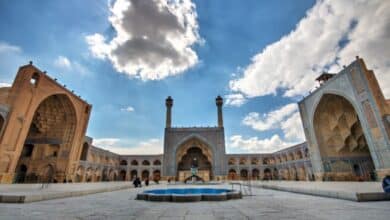Explore Iran Natural Wonders and Most Breathtaking Landscapes
Iran’s Natural Wonders and Breathtaking Landscapes You Need to See
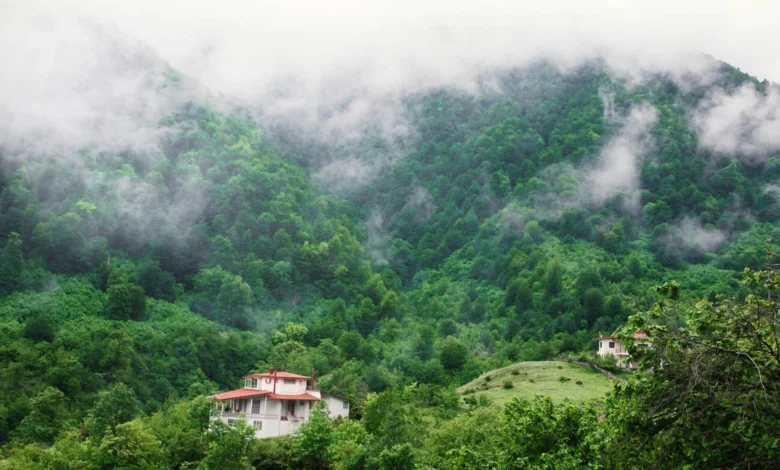
From arid deserts and soaring mountains to lush forests and shimmering salt lakes, Iran’s geography is a study in contrasts. As travelers seek more than just monuments and mosques, this ancient land unveils Iran Natural Wonders, offering beauty that’s as diverse as its history.
From the striking peaks of Mount Damavand to the tranquil expanses of the Dasht-e Lut desert, the natural landscapes reflect the heart of the country’s cultural richness and geological diversity.
Planning your first trip to Iran? Curious what lies beyond the cities? Here’s your guide to the natural wonders of Iran—where to go, what to expect, and how to experience the untamed side of this captivating country.
Contents
Iran Natural Wonders: A Glance at the Country’s Diverse Geography
Iran sits at the crossroads of several major geological zones. The Zagros Mountains roll down the western edge of the country, while the Alborz range cuts across the north. The vast Dasht-e Kavir (Great Salt Desert) and Dasht-e Lut (Lut Desert) dominate the center and east. Along the Caspian Sea, you’ll find dense, subtropical forests, and to the south, coastal plains give way to the warm waters of the Persian Gulf and Gulf of Oman.
This topographic variety gives rise to Iran Natural Wonders, showcasing extraordinary ecological diversity—and a wide range of travel experiences.
The Mighty Mountains of Iran
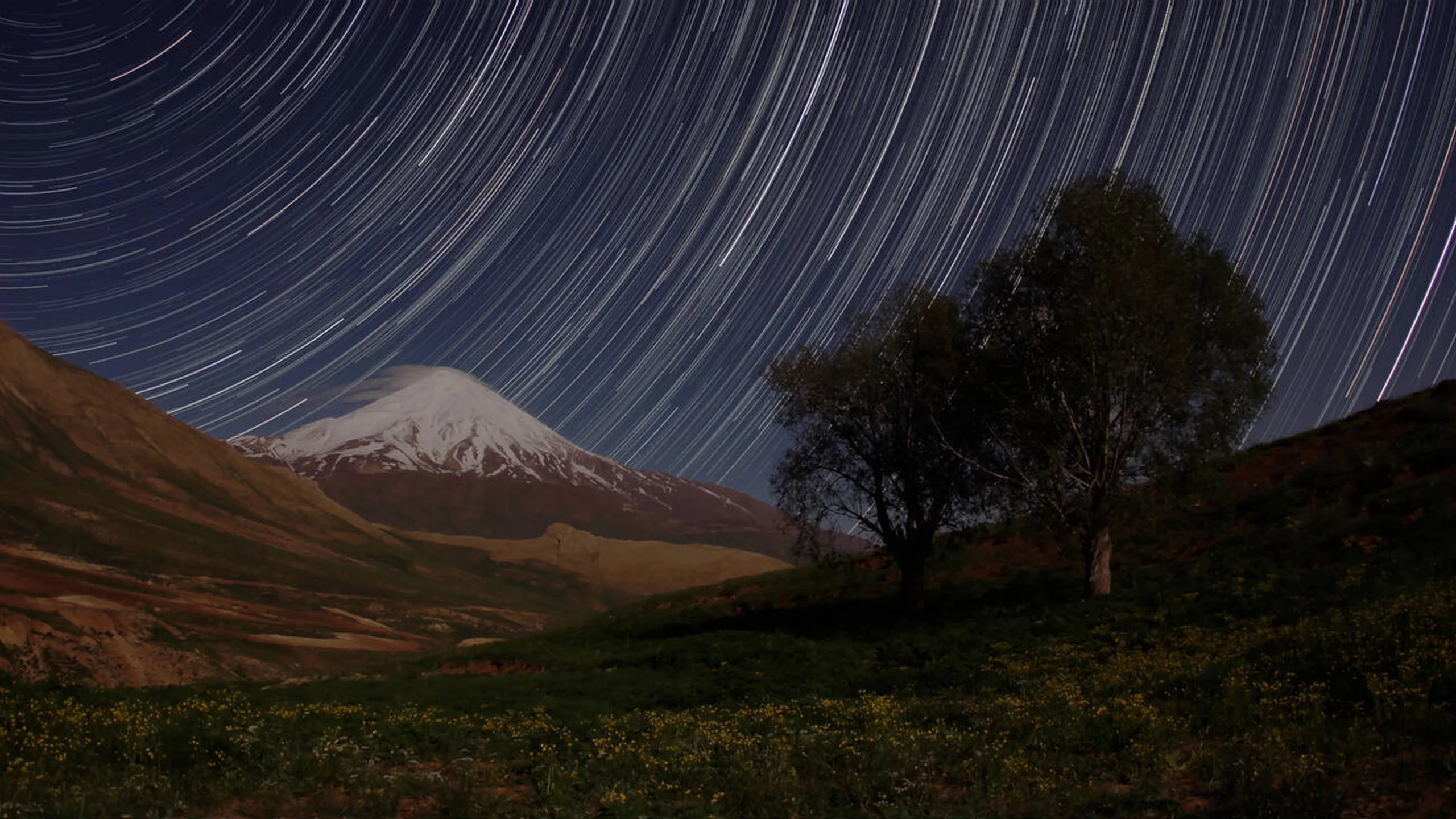
Alborz Mountains and Mount Damavand
Towering above Tehran, the Alborz range is home to Mount Damavand, Iran’s highest peak at 5,671 meters (18,606 feet). A dormant stratovolcano, Damavand is a national symbol steeped in mythology and poetry. Hikers, climbers, and skiers are drawn here, especially during the summer months.
Even if you don’t climb, the nearby towns of Polour and Reyneh make great bases for day hikes, offering a gateway to Iran Natural Wonders. Hot springs and rural guesthouses provide a relaxing end to long treks.

Zagros Mountains: The Heart of Western Iran
The Zagros Mountains stretch from the northwest to the southeast, framing towns like Kermanshah, Yasuj, and Shiraz. This region is home to Iran’s tribal communities, including the Bakhtiari and Lur peoples, whose seasonal migrations across mountain passes still continue.
If you’re into hiking and cultural immersion, the Koohrang Valley and Chelgerd region in Chaharmahal and Bakhtiari Province offer a chance to explore Iran Natural Wonders, with pristine nature and traditional life.
Deserts That Reshape the Horizon
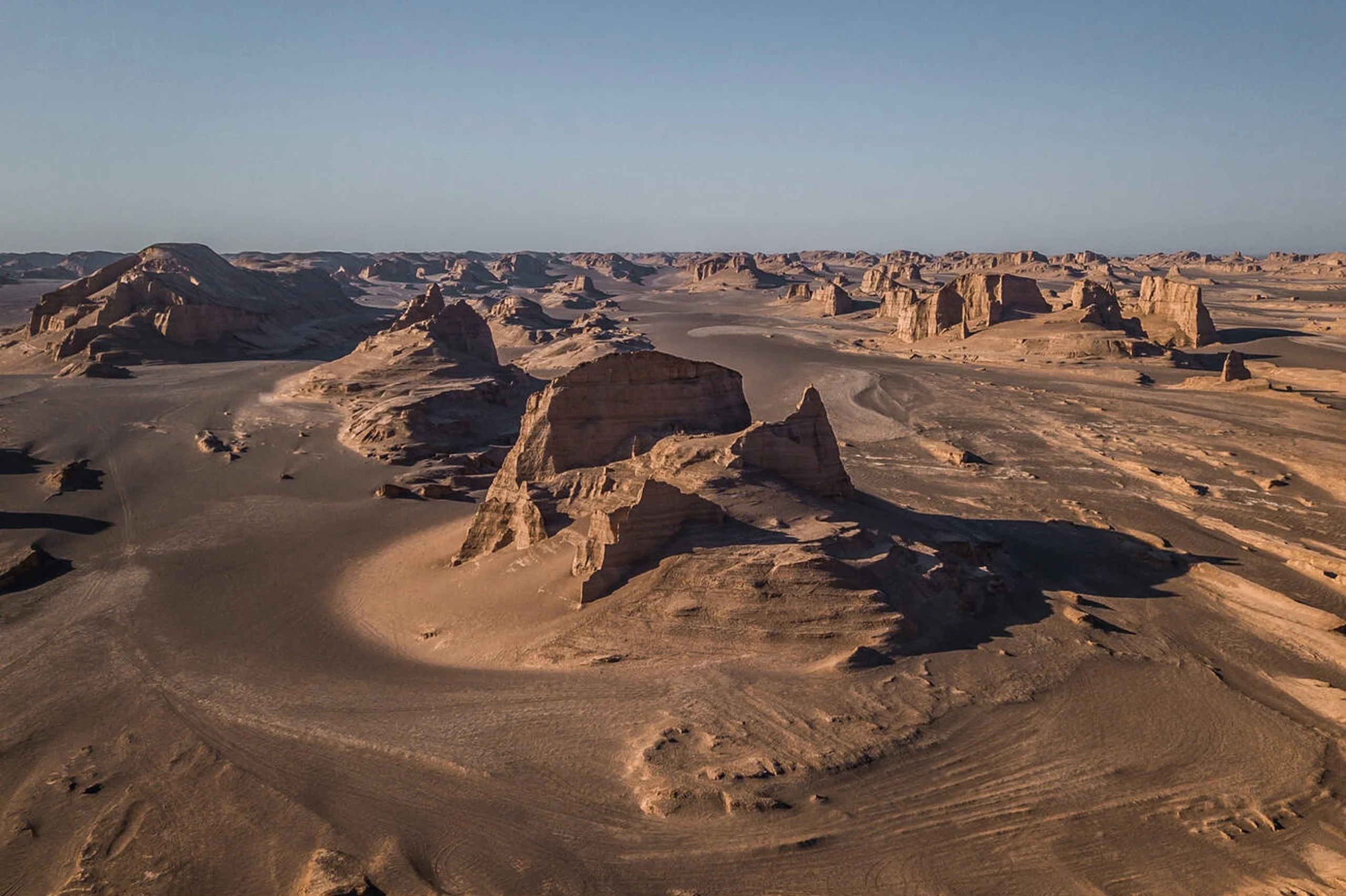
Dasht-e Lut: The Hottest Place on Earth
Recognized by UNESCO as a World Heritage Site, the Lut Desert is one of Iran Natural Wonders and one of the most extreme places on Earth. Satellite data recorded land surface temperatures here at 159.3°F (70.7°C)—the hottest ever measured.
But it’s not just heat that defines this desert. The Yardangs—giant ridged landforms carved by wind—give the landscape a surreal, Martian feel. Expeditions often begin in Kerman or Shahdad, and the best time to visit is in the cooler months from October to March.
A night under the stars in the Lut’s absolute silence is unforgettable.
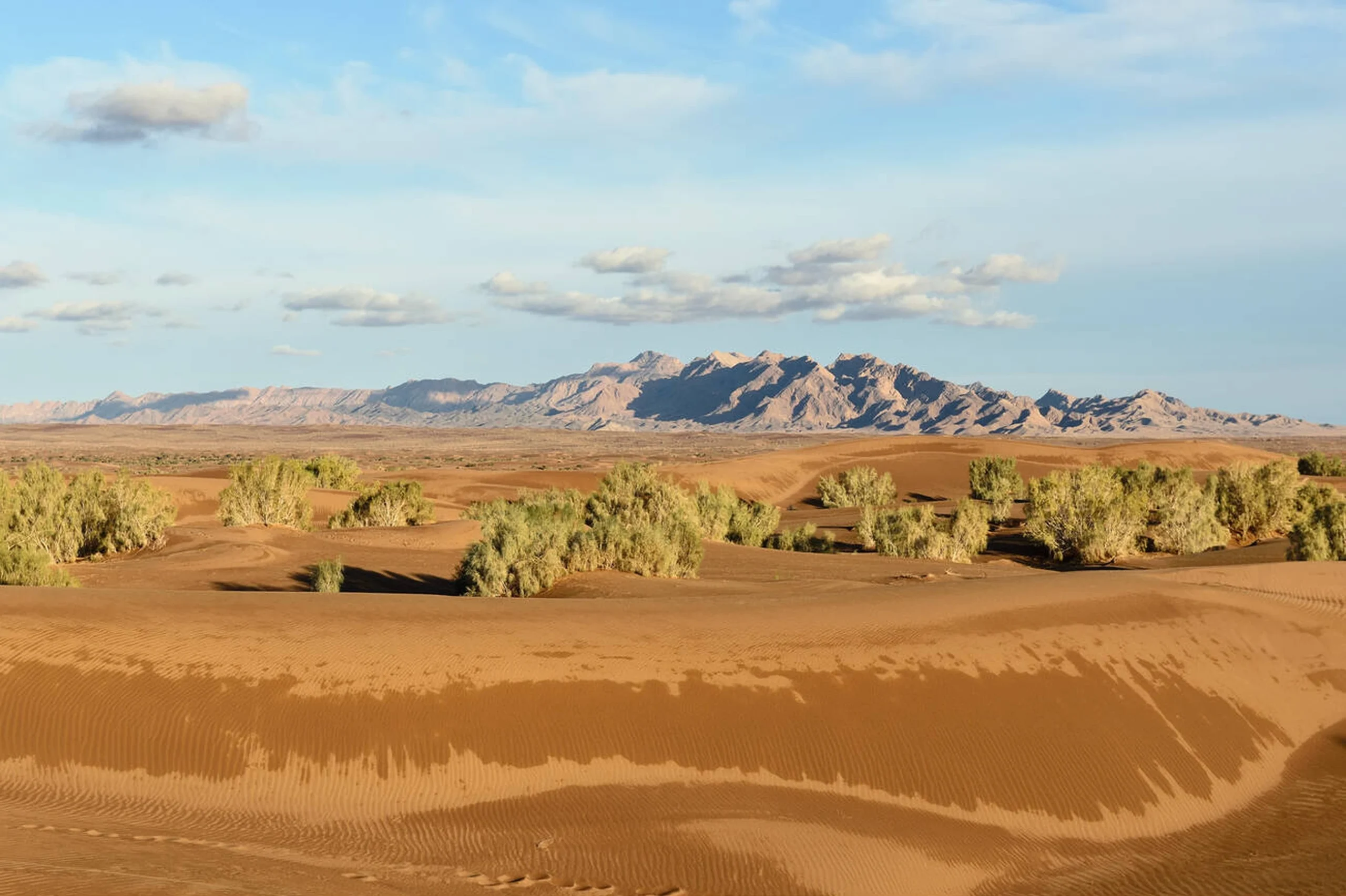
Dasht-e Kavir: The Great Salt Desert
While the Lut gets the fame, the Dasht-e Kavir is equally mesmerizing. Vast salt flats, mud volcanoes, and wind-eroded rocks define the area. One of the best access points is Maranjab Desert, near Kashan. Here you’ll find caravanserais, rolling sand dunes, and wide, cracked salt pans that stretch to the horizon.
In the north, the Rig-e Jenn (Dune of the Jinn) has a reputation for being haunted—thanks in part to its treacherous terrain and isolation. For a guided experience, eco-tours from Yazd are highly recommended.
Forests, Wetlands, and Caspian Mystique
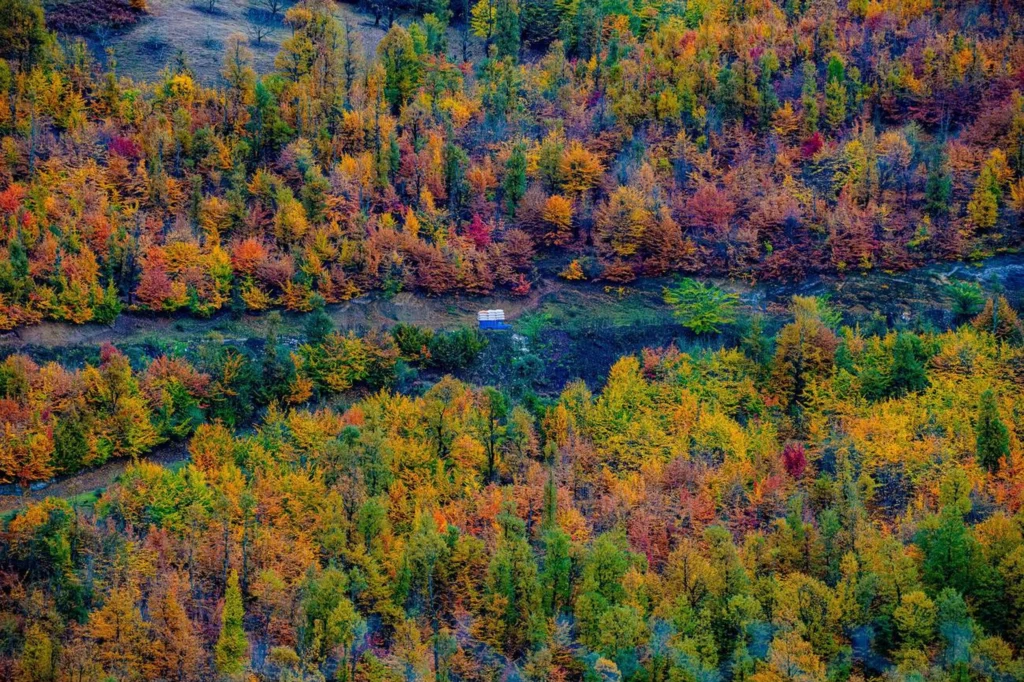
Hyrcanian Forests: A Living Fossil
Stretching along the southern Caspian coast, the Hyrcanian forests are a UNESCO-listed treasure dating back to the Tertiary period, over 50 million years ago. These temperate broadleaf forests harbor unique flora and fauna found nowhere else in Iran.
Provinces like Gilan, Mazandaran, and Golestan offer cool, humid retreats from Iran’s arid center. Don’t miss Golestan National Park, which is home to leopards, red deer, and over 150 bird species.
Hiking in these moss-draped woodlands, one of Iran Natural Wonders, feels like entering another world—lush, green, and mysterious.
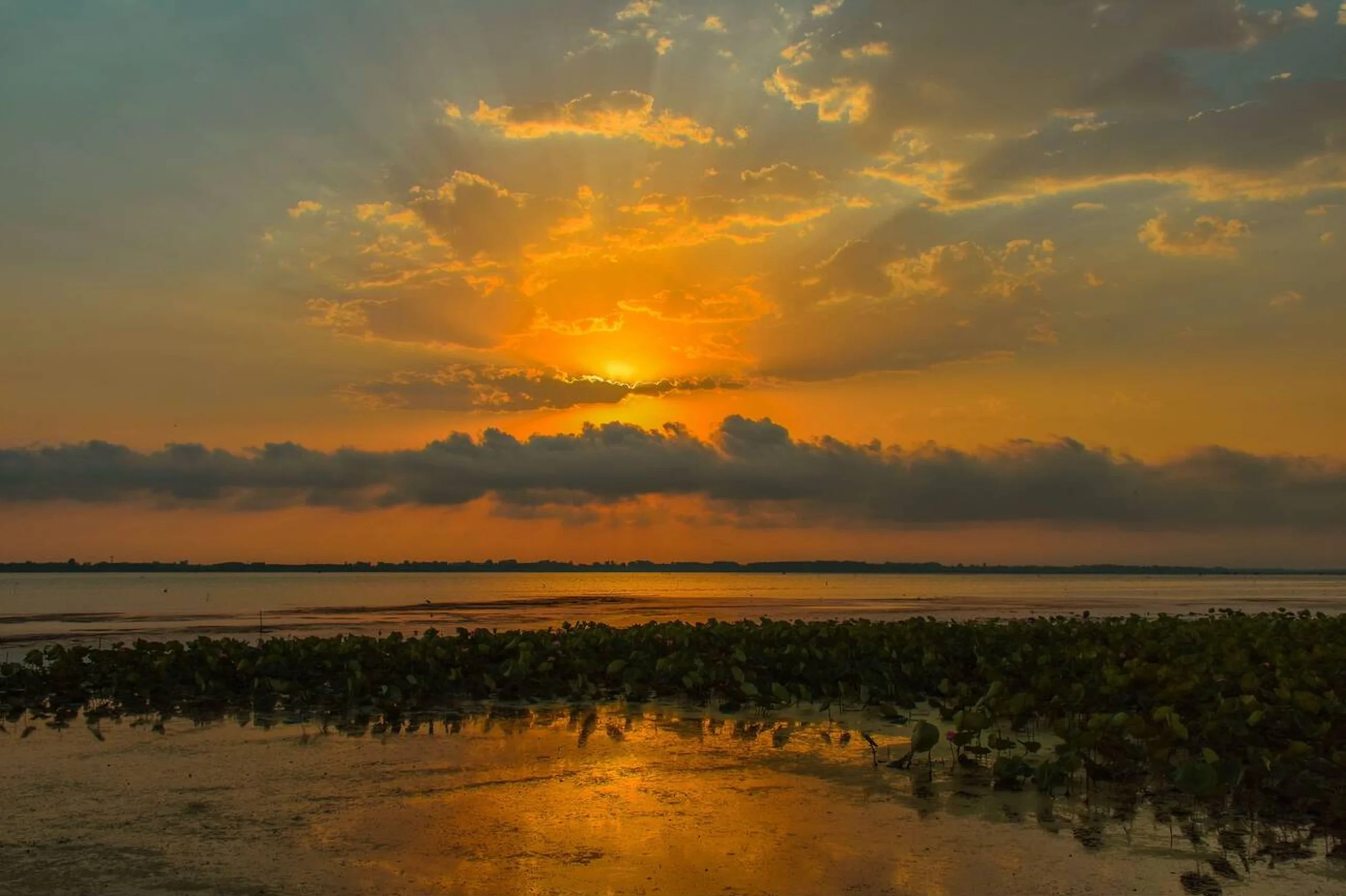
Anzali Lagoon and the Wetlands of the North
Near the Caspian Sea, the Anzali Lagoon in Gilan Province supports a rich ecosystem of fish, birds, and aquatic plants. It’s also a center for local fishing culture.
Birdwatchers will find this area, one of Iran Natural Wonders, especially rewarding during spring and fall migrations. Boats take travelers deep into the lagoon, revealing floating vegetation and perhaps a glimpse of flamingos or pelicans.
Coastal Wonders of the Persian Gulf and Gulf of Oman
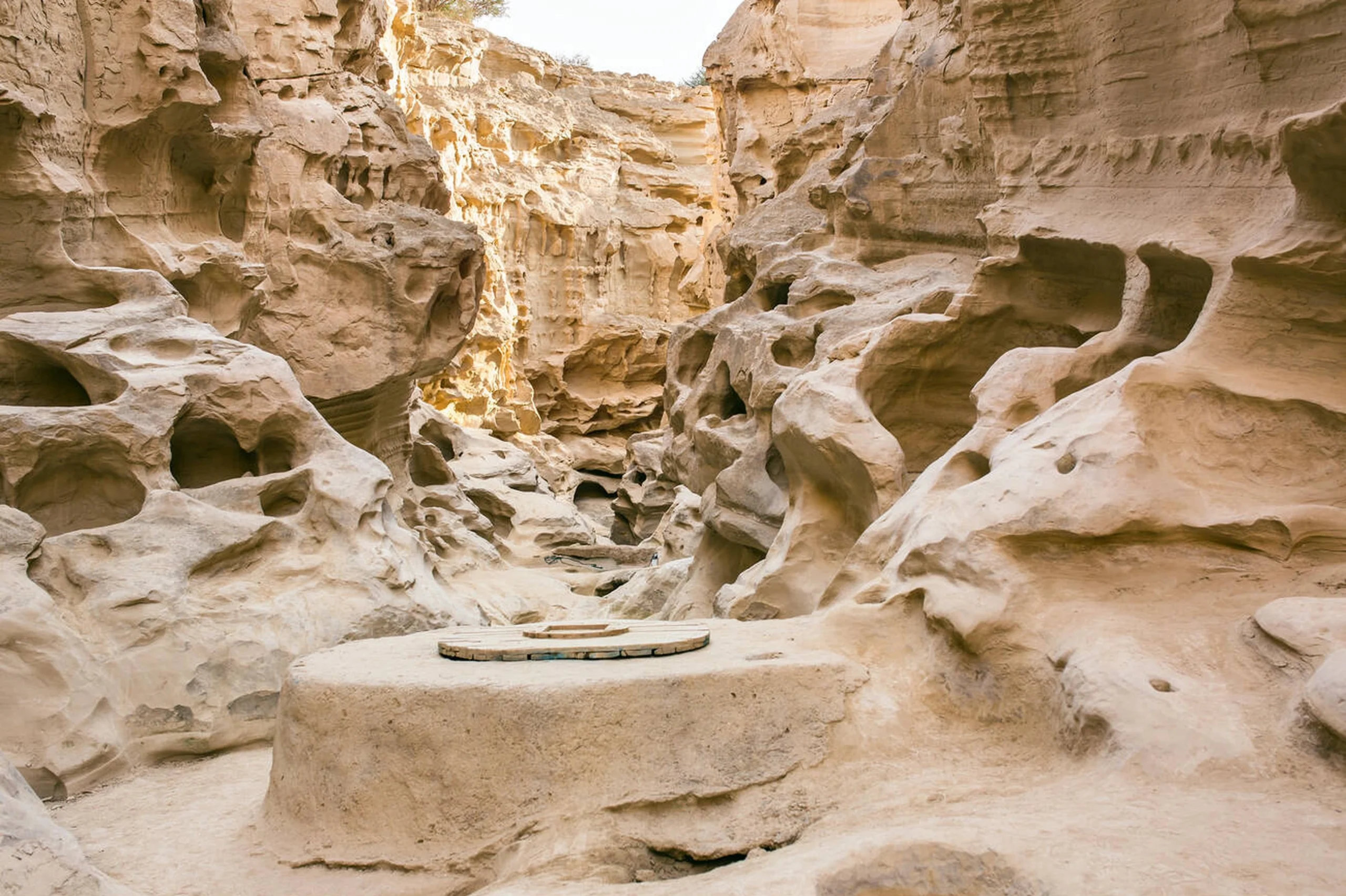
Qeshm Island: Iran’s Geopark Paradise
The largest island in the Persian Gulf, Qeshm is home to Iran’s only UNESCO Global Geopark. Its Hara mangrove forests, Chahkooh Canyon, Namakdan Salt Cave, and Valley of Stars showcase the island’s dramatic natural forms.
Unlike mainland Iran, Qeshm feels tropical—humid, warm, and relaxed. As one of Iran Natural Wonders, it’s a hotspot for eco-tourism and marine life, including dolphins, corals, and sea turtles.
Ferry access from Bandar Abbas makes Qeshm reachable, and visitors often pair it with a visit to Hormuz Island, famous for its red ochre beaches.
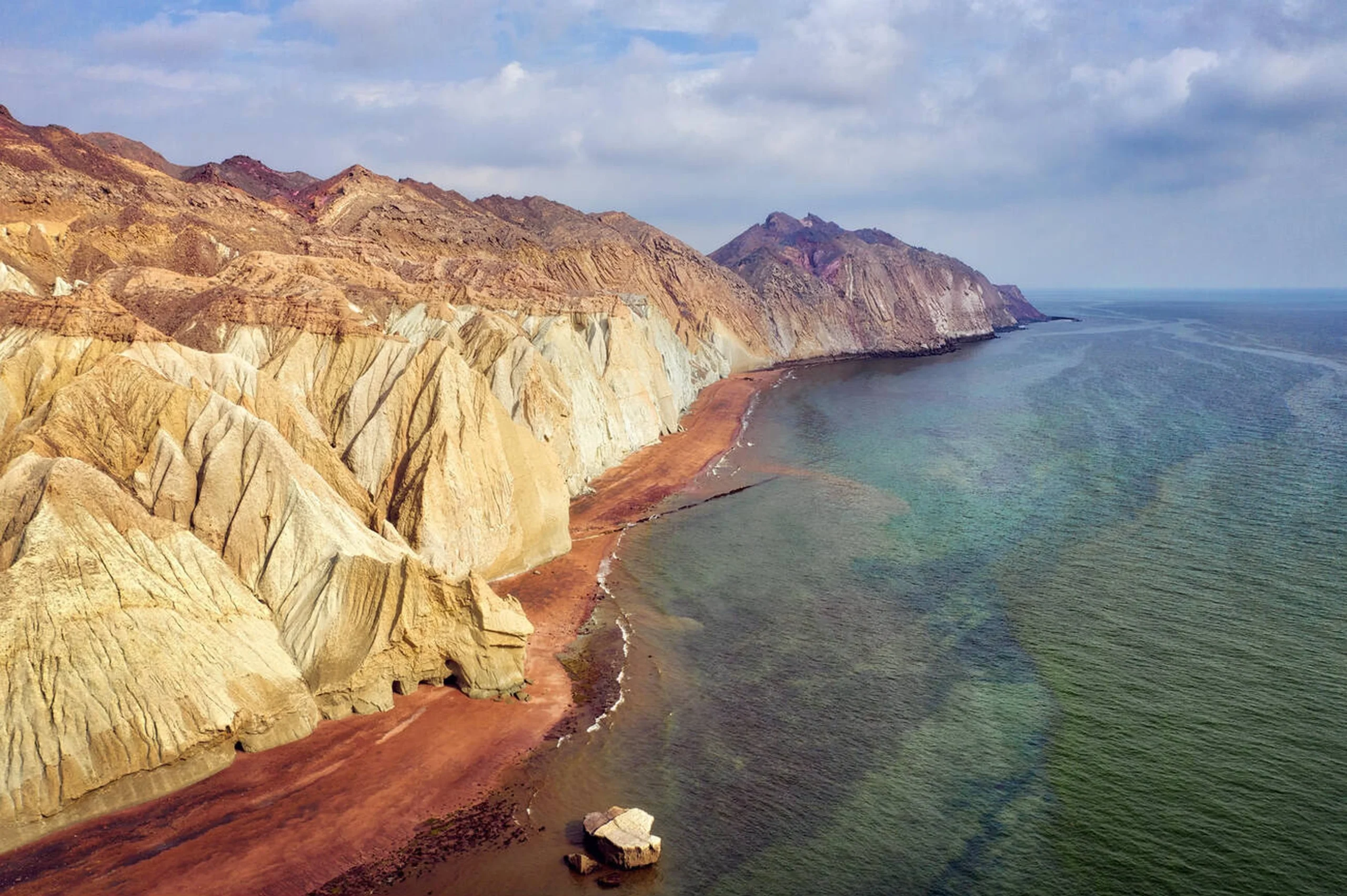
Hormuz Island: A Painter’s Palette
Just a short hop from Qeshm, Hormuz Island stuns with its striking geology. The “Rainbow Valley” shows off layers of colorful mineral-rich earth, while the Red Beach glows with iron oxide. The entire island feels like a painter’s palette, shaped by volcanic history.
Minimal infrastructure means it’s best to travel with a guide or organized tour, often departing from Qeshm or Bandar Abbas, two key locations showcasing Iran Natural Wonders.
Lakes and Water Wonders
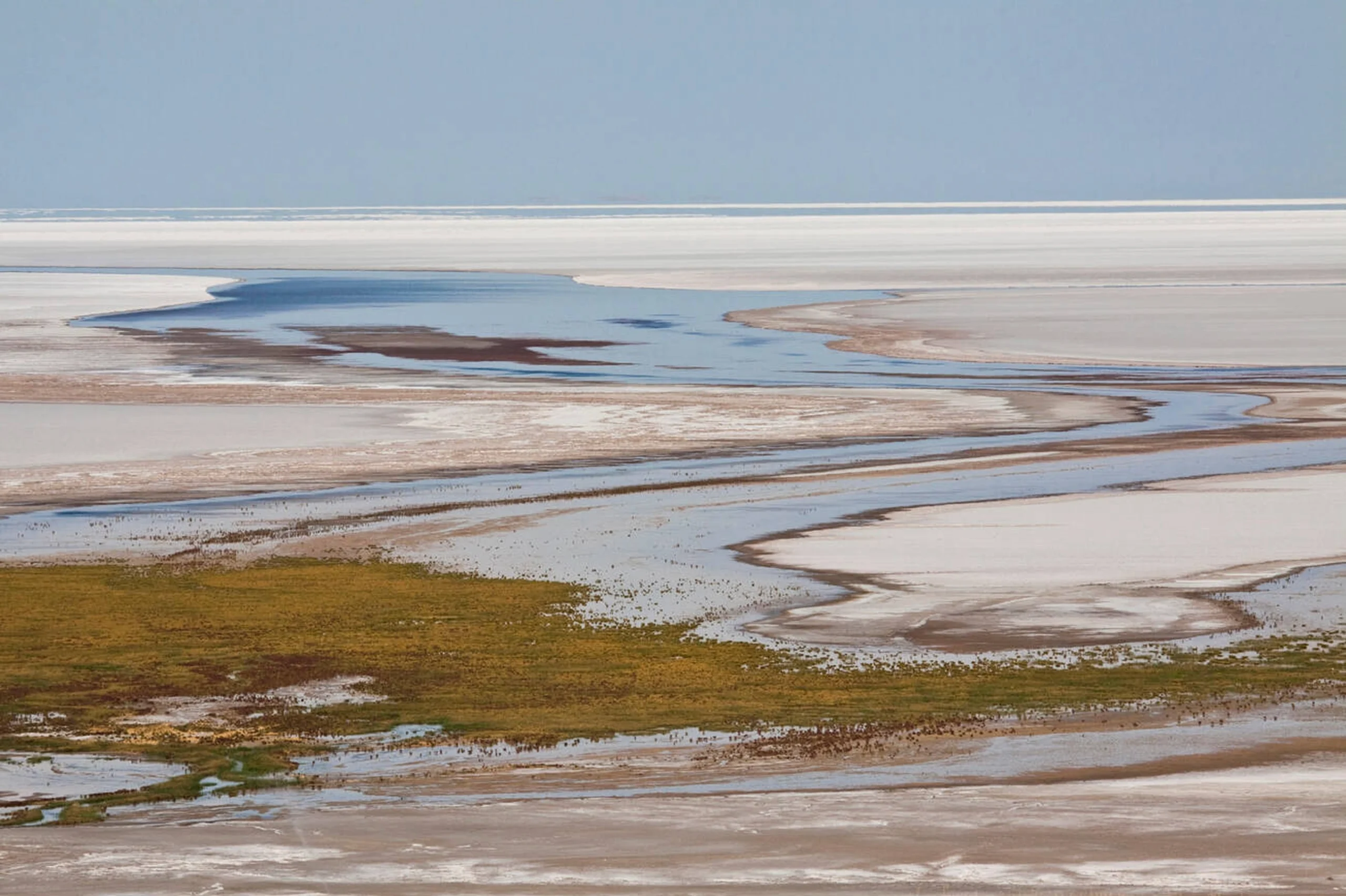
Lake Urmia: A Shifting Salt Sea
Once one of the largest saltwater lakes in the world, Lake Urmia has faced severe environmental challenges. Restoration projects are ongoing, and depending on the year and season, the lake’s size and color shift dramatically, highlighting one of Iran Natural Wonders.
Pink hues from algae blooms, surreal salt pillars, and a dramatic setting between mountains make it a photographer’s dream. Visit from Tabriz or Urmia.
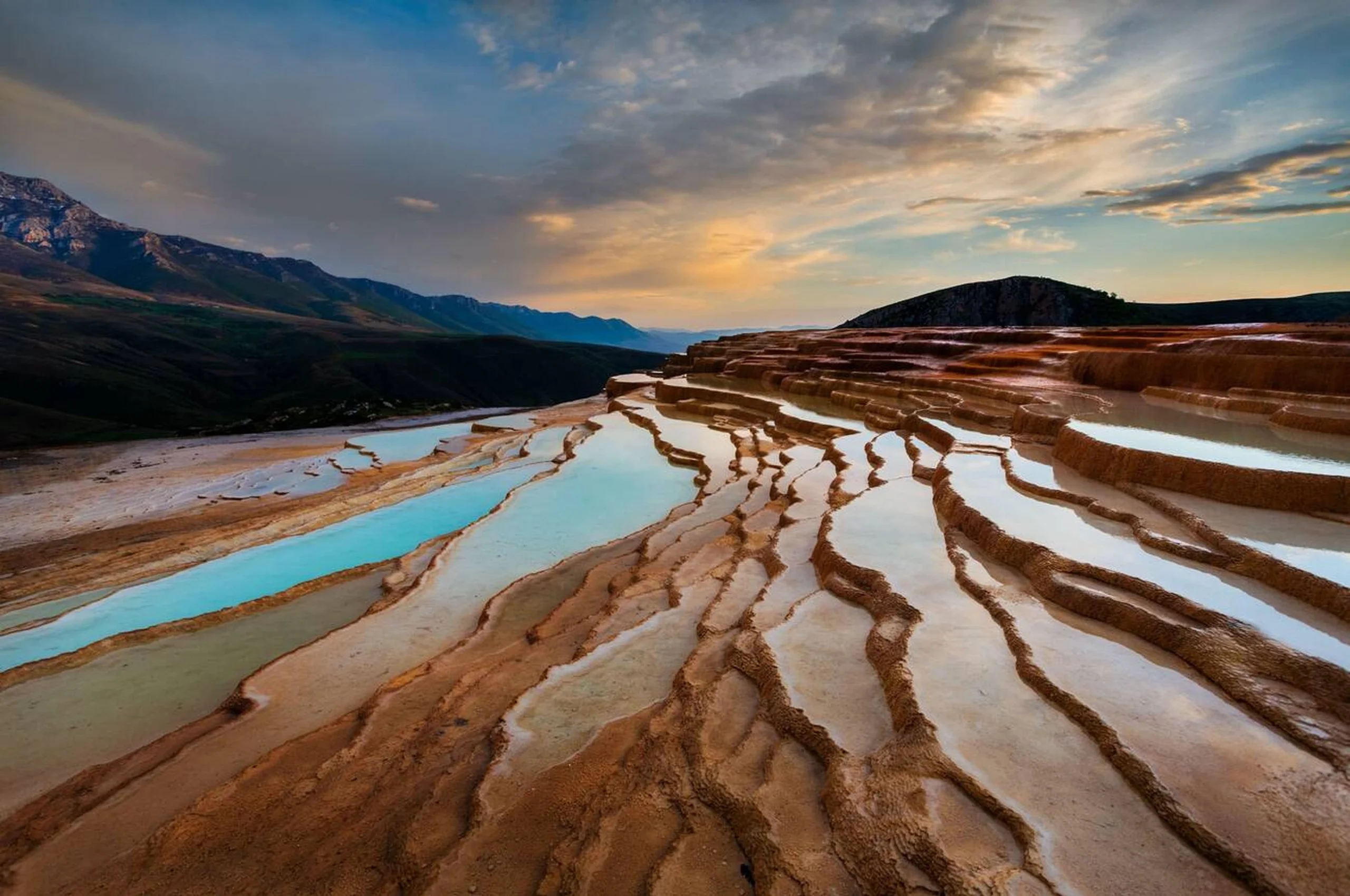
Badab-e Surt: Terraces of Color
Near the northern town of Sari, the Badab-e Surt natural springs have created multi-tiered travertine terraces in orange, red, and gold, making it one of Iran Natural Wonders. While smaller than Turkey’s Pamukkale, they are just as scenic and far less crowded.
They’re best seen at sunrise or sunset, when the minerals reflect golden light across the pools.
Waterfalls, Valleys, and Hidden Gardens

Margoon Waterfall
Located near Sepidan in Fars Province, Margoon Waterfall is one of Iran’s most accessible and beautiful cascades, showcasing one of Iran Natural Wonders. The name “Margoon” means “snake-like,” and its waters emerge directly from rock crevices, flowing down a tall cliff.
Accessible in both summer and winter, this is a perfect detour from Shiraz or Yasuj.
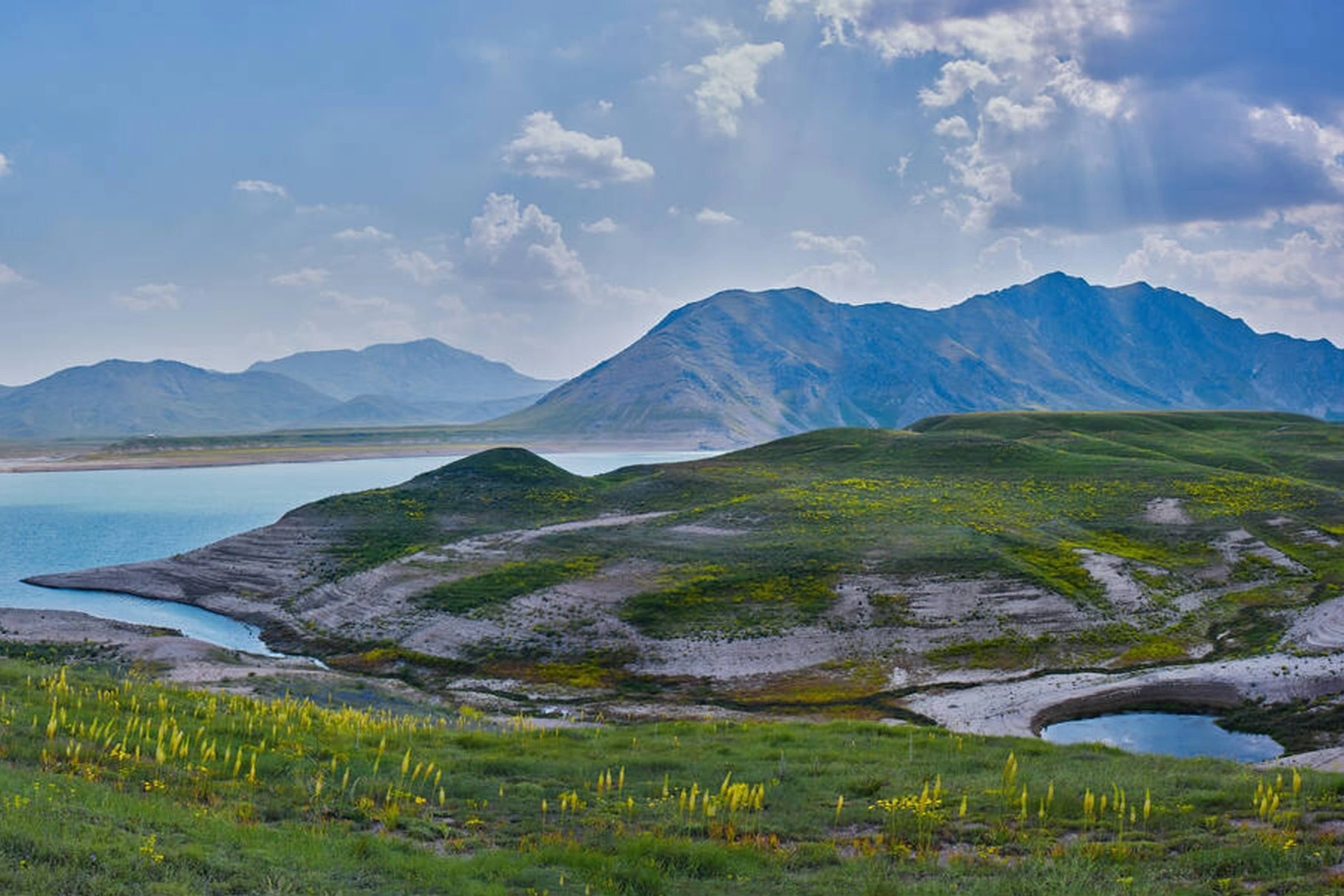
Rineh and Lar National Park
Just north of Tehran, Lar National Park lies beneath the shadow of Damavand. It’s known for spring wildflowers, alpine pastures, and crystal-clear streams. The park is closed to cars for much of the year, but open to hikers and cyclists.
Local guides offer horseback tours through high-altitude meadows, allowing visitors to experience one of Iran Natural Wonders, with views of snow-capped peaks in the distance.
Protected Areas and Wildlife Sanctuaries
Iran has over 30 national parks and 40 wildlife refuges, covering everything from Persian leopards and Asiatic cheetahs to rare birds and wild goats.
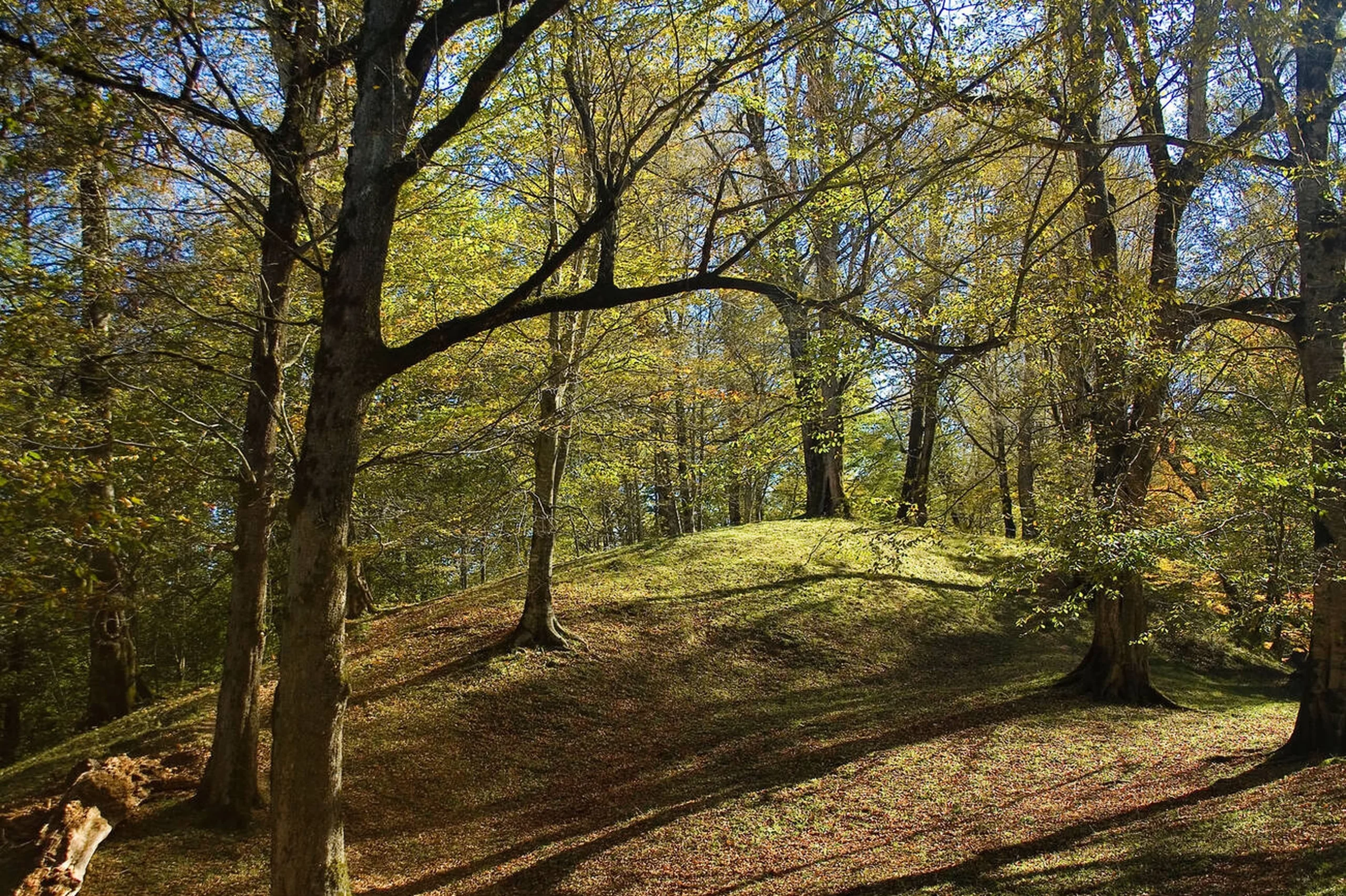
Key reserves include:
- Golestan National Park – forests and mountain ecosystems
- Turan Biosphere Reserve – home to the critically endangered Asiatic cheetah
- Khar Turan and Naybandan Wildlife Refuge – desert sanctuaries
- Lar and Kavir National Parks – highland and desert landscapes
Foreigners need permits to access some areas, especially those near borders or military zones, to fully experience Iran Natural Wonders. Always check with local authorities or tour companies.
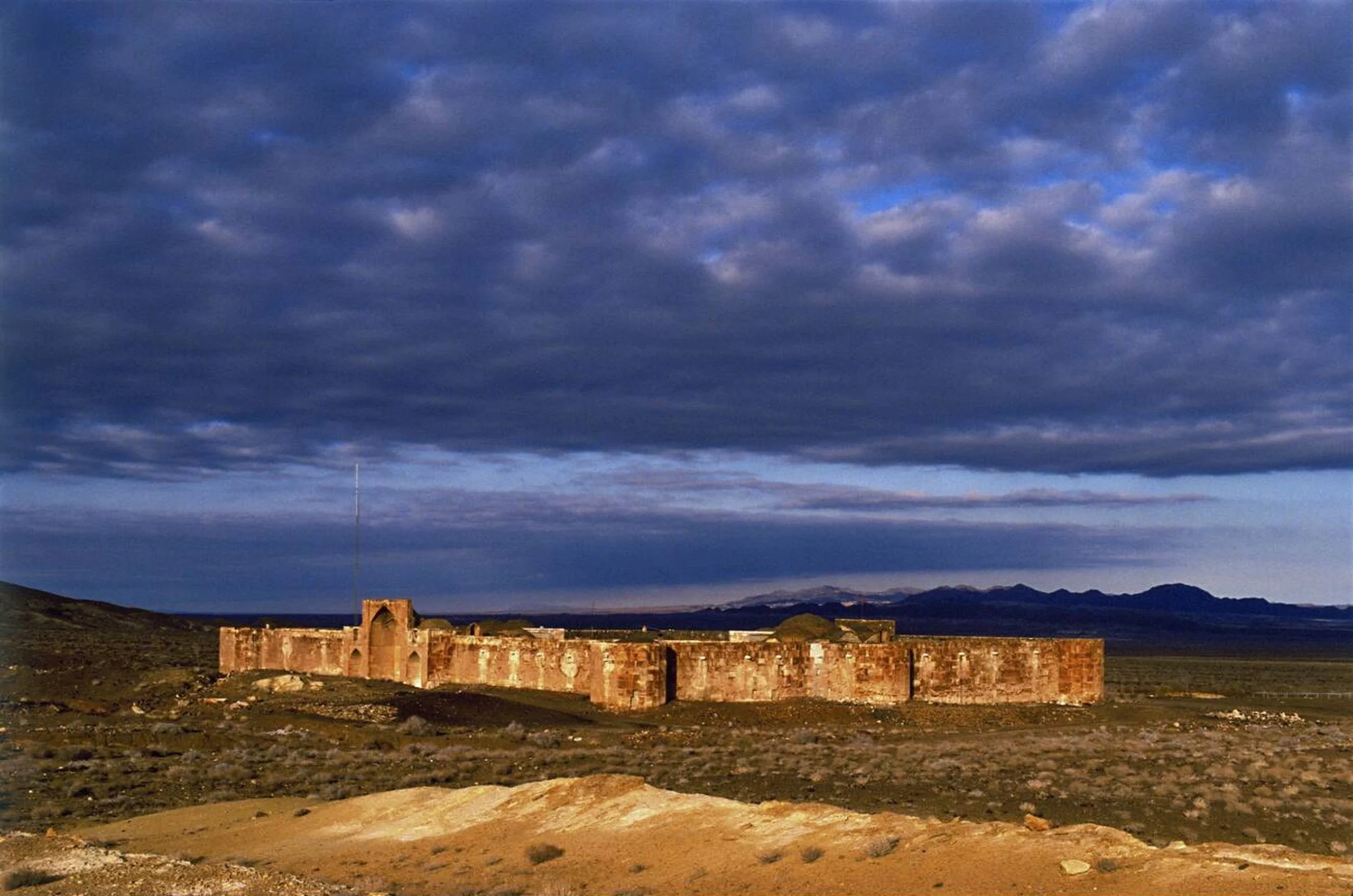
When to Go and What to Pack
Iran’s climate varies wildly depending on the region. Here’s a quick seasonal guide:
- Spring (March to May) – ideal for most regions, especially mountains and deserts
- Summer (June to August) – hot, but good for high-altitude hiking
- Autumn (September to November) – perfect for the north, deserts, and coast
- Winter (December to February) – good for skiing and southern coasts, but cold inland
Essentials to pack:
- Light, modest clothing (long sleeves and pants)
- Sun protection (hat, sunglasses, sunscreen)
- Sturdy shoes for hiking
- Reusable water bottle
- Daypack and snacks
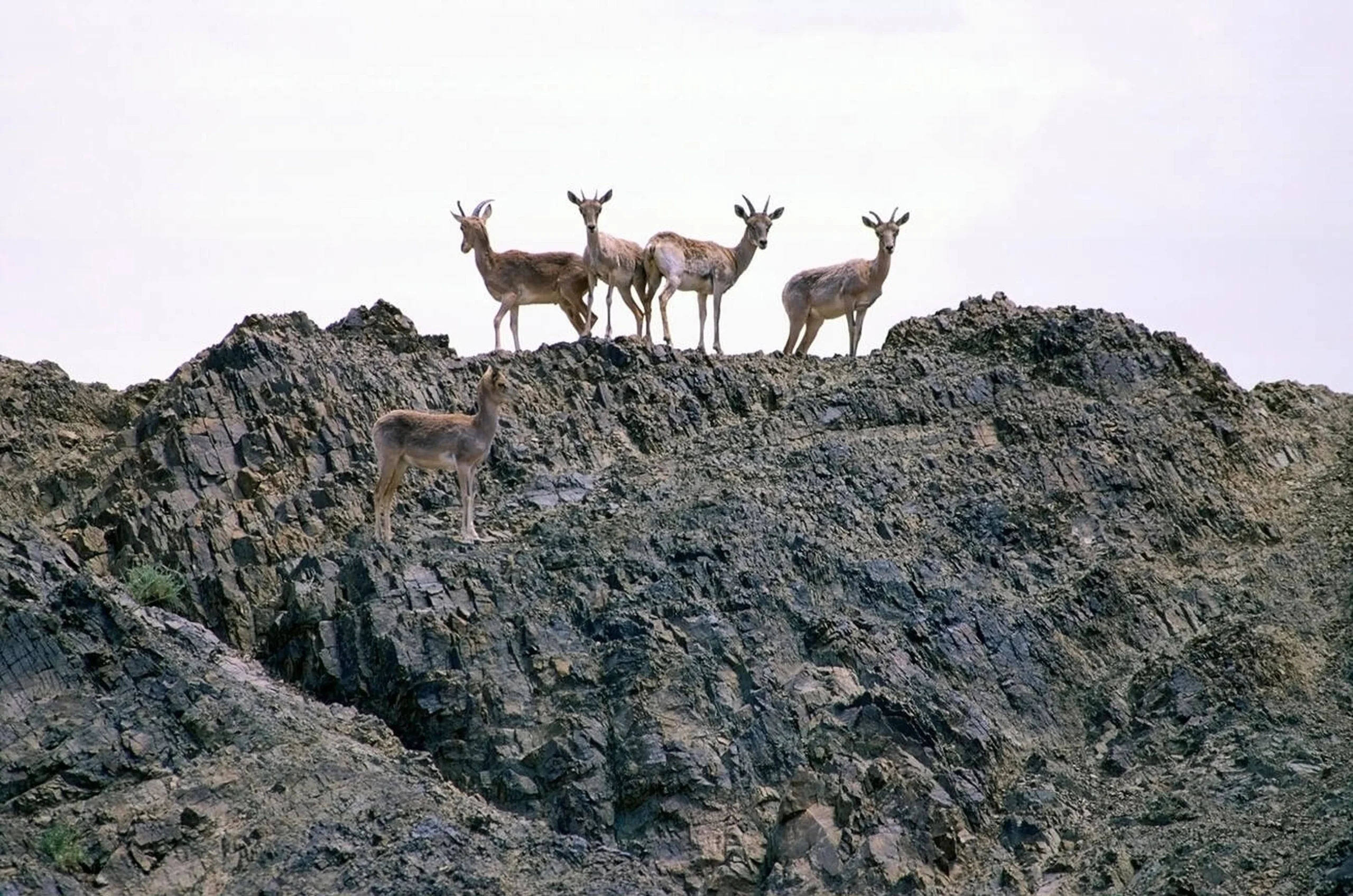
Travel Tips for First-Time Visitors
- Travel with local guides for desert and mountain areas. They know the terrain and handle permits.
- Stay in eco-lodges where possible. Many are run by local communities.
- Iran is safe for tourists, but respect cultural norms, especially dress codes.
- Cash only—credit cards don’t work due to sanctions. Bring enough Iranian rials or exchange at arrival.
For more information on ethical and sustainable travel in Iran, browse the curated experiences at SURFIRAN and OrientTrips.
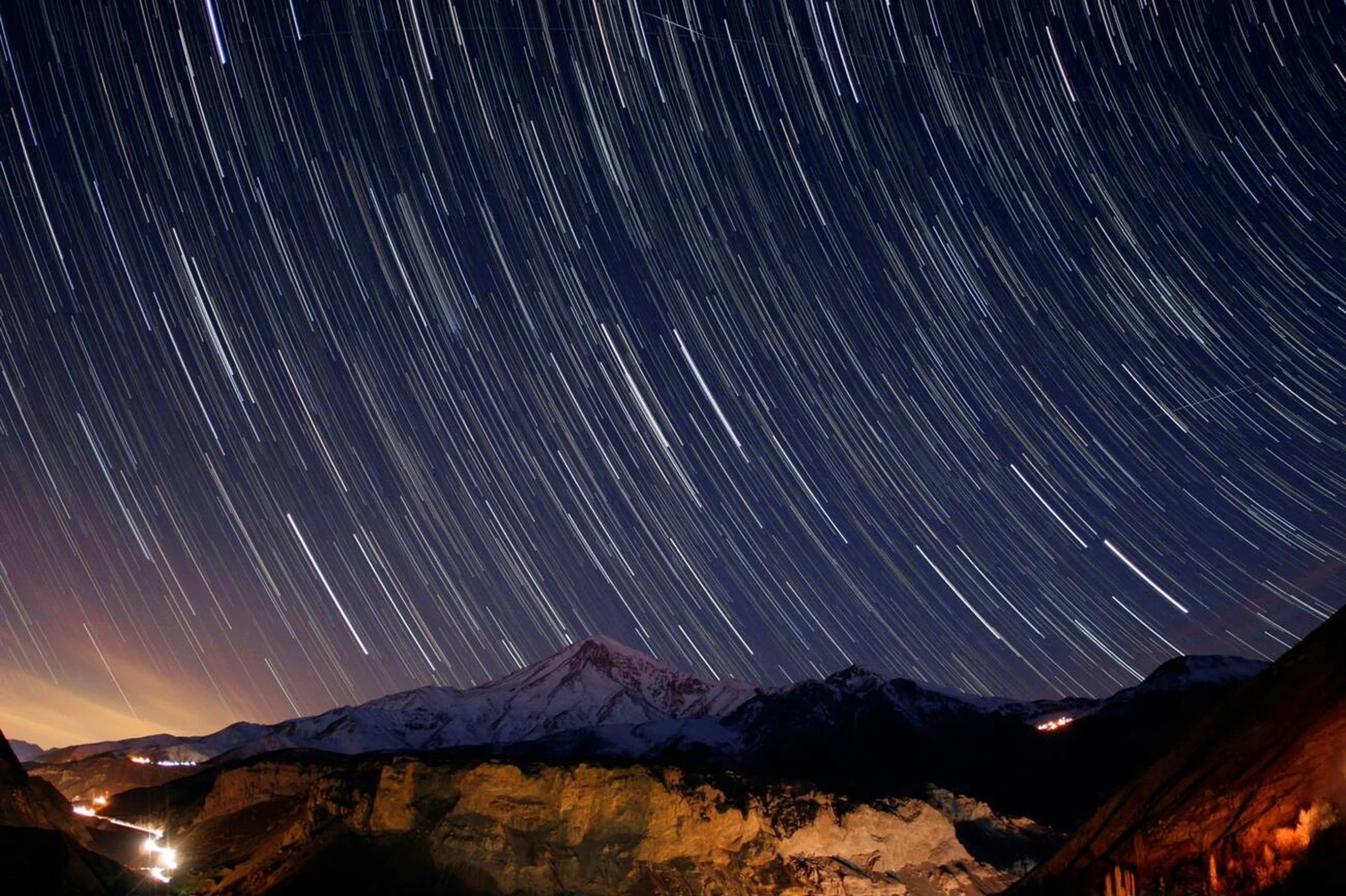
Conclusion: See a Side of Iran Few Tourists Experience
Iran Natural Wonders offer more than scenic views—they provide a connection to history, culture, and the planet itself. Whether you hike among millennia-old forests, stand silent in the heat-shimmering deserts, or watch the sun set over salt flats, you’re witnessing a side of Iran that most visitors miss.
Ready to go beyond the guidebook?
Browse nature-focused tours and curated experiences on SURFIRAN and OrientTrips. Whether it’s trekking in Alborz, camping in Dasht-e Lut, or birdwatching near the Caspian, there’s an itinerary that brings you face-to-face with the wild beauty of Iran Natural Wonders.
